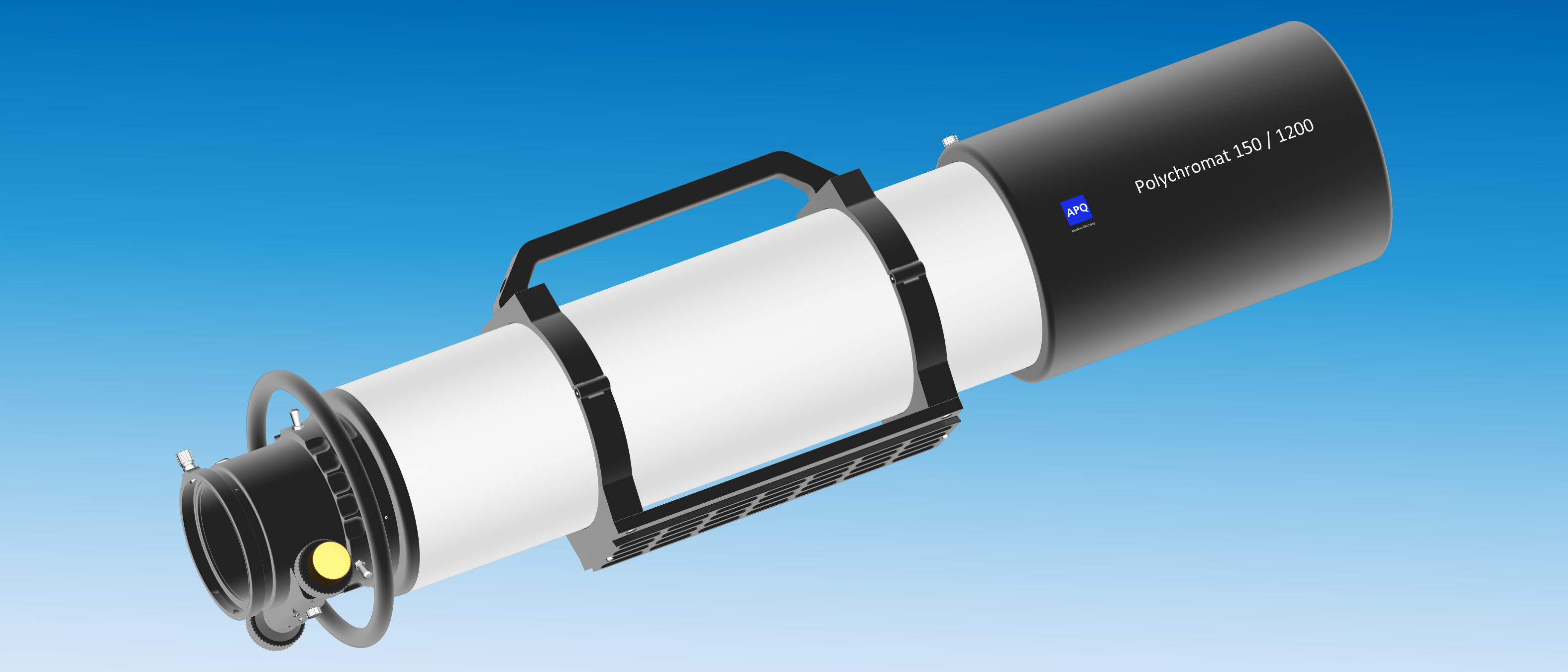APQ Design
Our aim is to offer to our customers products with exceptional and outstanding properties while providing the highest possible quality.
In order to set standards in the development of new optical systems and devices, we work together with experts who have many years of experience in their respective fields and international reputation in the development of optical and mechanical design.
Our design principles are in particular:
Form follows function (Bauhaus)
Optical design
3D CAD
Finite element analysis (FEA)
Use of high quality materials
- Optical Design
- Compensation
We are convinced that the new CMOS sensors, in particular, require an innovative optical design that meets the increased image quality requirements.
Visual observers will also benefit from the performance of the newly developed Fluorite Quadruplet Polychromats because in the peripheral regions of the visual spectrum there is no decrease of the Strehl ratio near or below the diffraction limit as is the case with most apochromats.
Below is a detailed presentation of the optical design of the new astronomical objectives, developed by Uwe Laux, Dipl.-Ing. (FH) for technical optics (details on optical design see Laux, Uwe: Astrooptik. Optik-Systeme für die Astronomie. 3rd revised and amended edition, 2017, pp. 146-155 and the related patent application).
Continue reading
To ensure that the lens cell is thermally invariant, free of play, and has high centering accuracy, we have developed a thermally compensated optical lens cell (compensation cell) for our Fluorite Quadruplet Polychromats.
The operating temperature range of the new compensation cell extends from -20 °C to 40 °C (working temperature interval ≥ 60K) and the storage and transport temperature range from -40 °C to 60 °C.
Below we briefly introduce the design of the lens assembly, whose developer is Frank Dionies, Dipl.-Ing. (FH). He was advised by Prof. Dr.-Ing. Manfred Steinbach (for details see also the related patent application).
Continue reading

